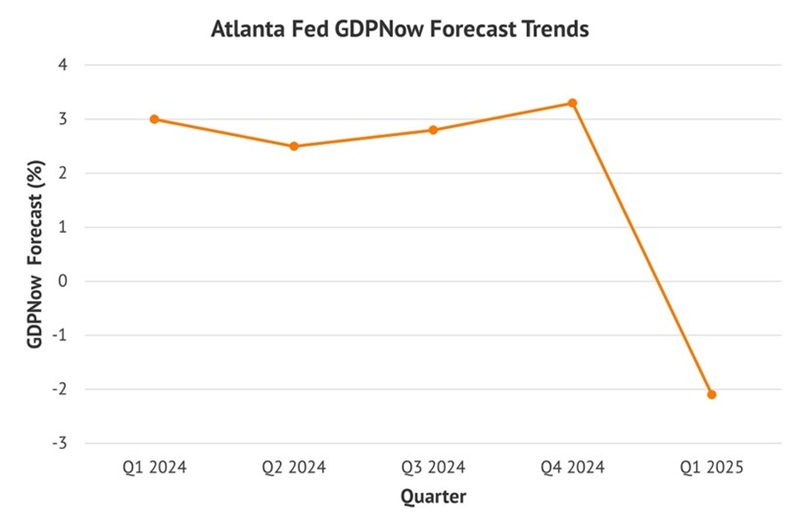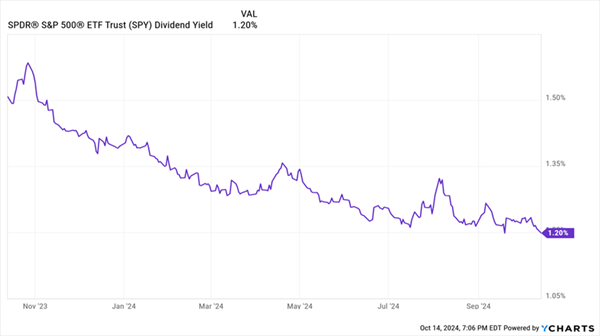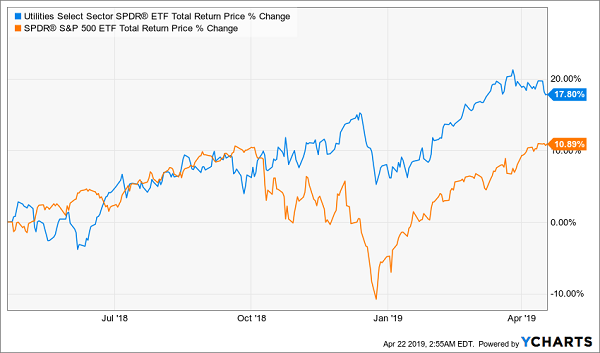The average S&P 500 drawdown during a recession since 1990 is 40%. Recent economic data show that we are now careening towards a slowdown. Check out the bearish trends from Atlanta’s GDPNow forecast:

Treasury Secretary Scott Bessent is standing watch as DOGE shifts resources and money away from the public sector. The Secretary needs lower long-term interest rates so that he can sell bonds without breaking Uncle Sam’s bank!
How does this work? Last month alone, DOGE chopped 63,000 jobs. Bessent welcomes this softening of the labor market—increasing the available labor supply—because he has $9 trillion in federal debt to refinance this year.… Read more




Recent Comments